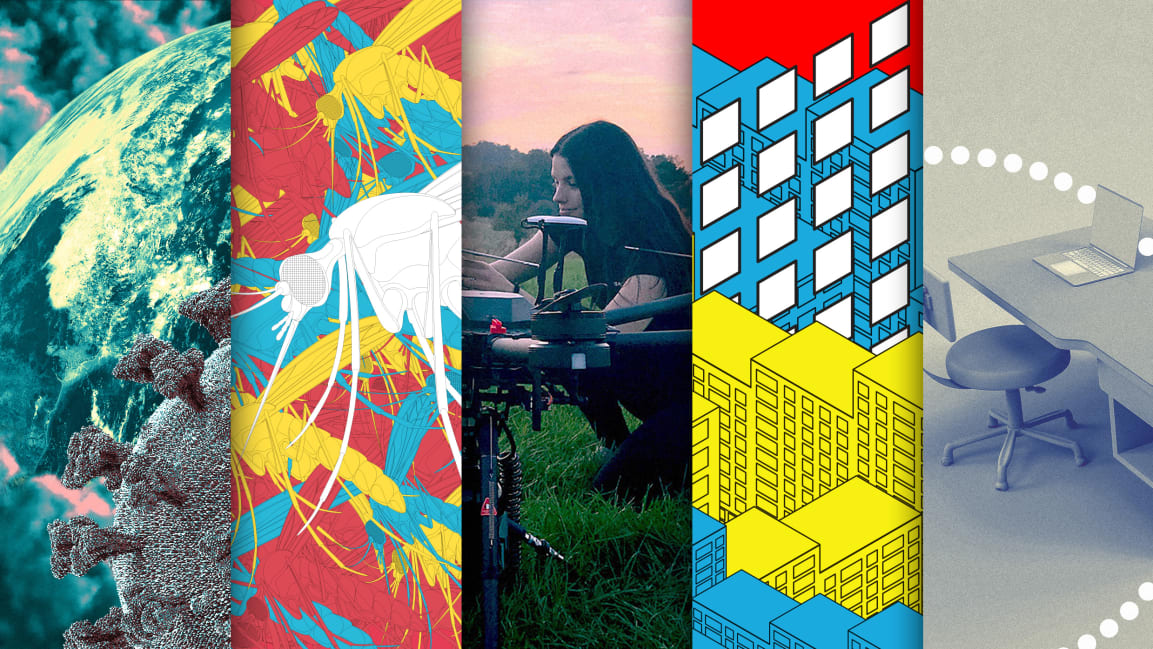From new masks to four-day workweeks to cancelling rent to genetically engineered mosquitoes, here are the ideas that blew our minds this year.
Despite the deep tragedies of 2020, it was also a year of hope. Behind the daily toll of the pandemic was the knowledge that scientists were working at record speed to make a vaccine using a new breakthrough technology. Every day people made new advances in technological solutions to prevent the virus spreading (surely more innovation—both scientific and DIY—happened in the mask world than in any previous year) and in policy solutions to help people caught in the economic disaster brought on by COVID-19. And in a year that felt like it changed everything, people also began contemplating how we might rebuild differently, with new ideas about how to fix the climate crisis, how we work, and how we live.
To help catalog those advances, these are the ideas we featured on Fast Company’s Impact section this year that drew the most attention in 2020.
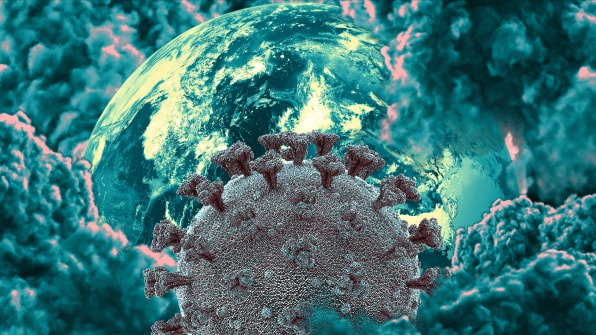
1: TREAT CLIMATE CHANGE AS SERIOUSLY AS WE TREATED COVID-19
The response to COVID-19 in much of the world (especially the U.S.) has been woefully inadequate, but it has still involved concentrated investment of time and money to solve a global problem. Perhaps there is another global problem that we could treat the same way?
“We’ve seen that governments can act, and people can change their behavior, in a very short amount of time,” says May Boeve, executive director of the climate advocacy group 350.org, “And that’s exactly what the climate movement has been asking governments and people to do for years in the face of a different kind of threat—the climate crisis—and we don’t see commensurate action. On the one hand, it shows that it’s possible to do this, and it’s possible for this kind of mobilization of resources to take place in a short amount of time. In that sense, that’s encouraging. But we were never in doubt of that aspect.”
As the world begins to turn toward recovery as the vaccine starts working, can it keep this spirit of addressing a crisis and refocus it on the climate? Read more.
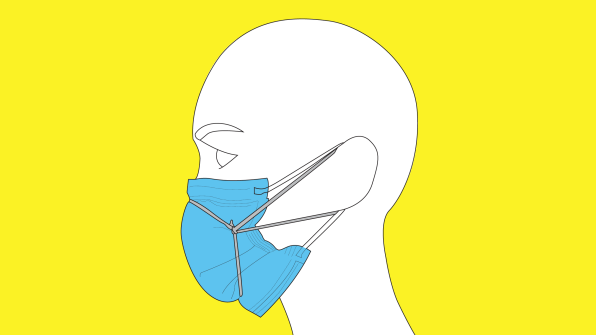
2: MAKE BETTER MASKS
As soon as it first became clear we should be wearing them, there were countless stories about masks, from masks in a hoodie to the best fabrics for making your own mask to how to decontaminate them. The most popular, however, was this hack to make cloth masks more effective using rubber bands, designed by an ex-Apple engineer. Read more.
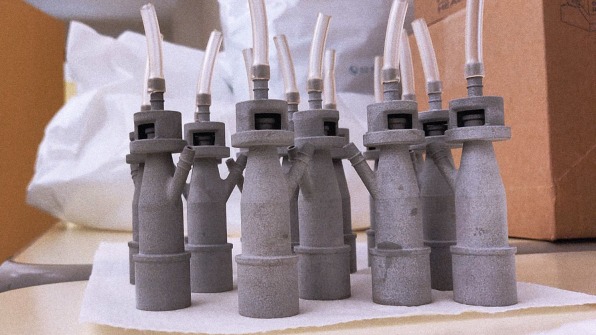
3: USE 3D PRINTING FOR GOOD
One of the early feel-good stories of the pandemic came from Italy, where a 3D printing startup helped a hospital manage its shortage of ventilators by 3D printing new valves:
It started with a call from Nunzia Vallini, a journalist at Giornale di Brescia, a newspaper in Brescia, a provincial capital in northern Italy. On Friday, she explained to Massimo Temporelli, founder of the digital manufacturing lab FabLab, the problem she had learned about: A hospital in Chiari, a small city near the capital, was running out of valves for reanimation devices—also called resuscitation devices or respiratory machines—which help patients breathe by mechanically ventilating their lungs. The company that supplies these valves couldn’t send replacements in such a short time, and people were dying.
After reverse engineering the valves, the company had printed 100 the next day. Read more.

4: GIVE PEOPLE MONEY
Many people in the country received extra cash from the government in the form of stimulus checks and the extended unemployment benefits passed in the spring. But while the idea of government checks was just starting to gain traction, Give Directly—a charity which usually works in the developing world giving direct cash transfers to the world’s poorest people—took its model to the U.S., giving away $1,000 to people affected by shutdowns. Read more.
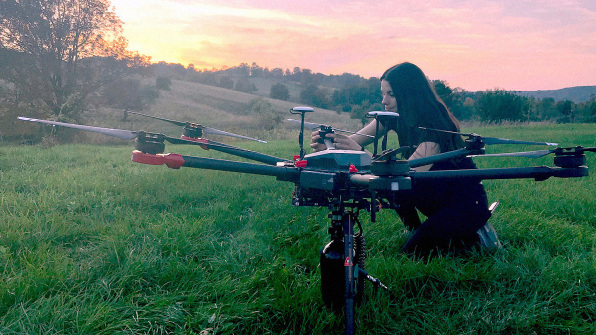
5: USE DRONES TO PLANT TREES
Planting an incredible amount of new trees is a necessary step in fighting climate change (though not remotely the only one). Some plans call for as many as a trillion new trees, but planting trees takes time. To speed the process, many drone-based tree planting companies are starting up. This one can currently plant 10,000 to 20,000 seed pods a day, and hopes to reach 100,000 a day.
When it begins work at a site, the startup first sends mapping drones to survey the area, using software to identify the best places to plant based on the soil and existing plants. Next, a swarm of drones begins precisely dropping seed pods, packed in a proprietary mix that the company says encourages the seeds to germinate weeks before they otherwise would have. The seed pods are also designed to store moisture, so the seedlings can survive even with months of drought. In some areas, such as hilly terrain or in mangrove forests, the drones use a pneumatic firing device that shoots seed pods deeper into the soil.
The company is working on projects in Canada and will soon plant 300,000 trees in a reforestation project in Hawaii. Read more.
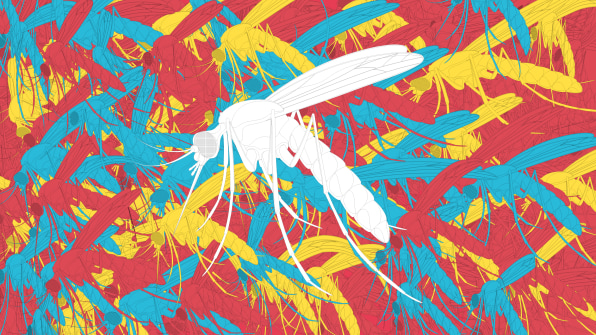
6: ENGINEER AWAY MOSQUITOES
In the Florida Keys, government officials approved the release of 750 million genetically engineered mosquitoes, designed to insert a gene into the mosquito population that keeps them from reproducing and specifically targeting the invasive Aedes aegypti mosquito, which is responsible for transmitting diseases like dengue, chikungunya, and Zika. The project is controversial, but if it works, it could help stop the spread of mosquito-borne disease around the world. Read more.
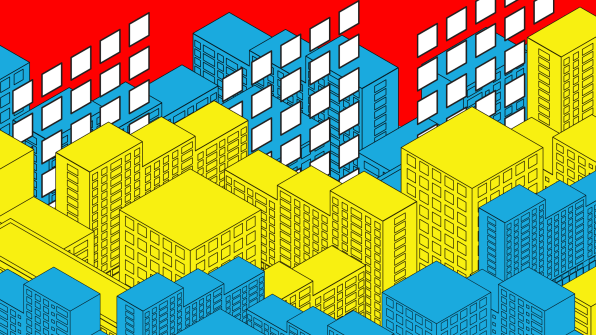
7: CANCEL RENT
As businesses closed due to the pandemic, governments slowly realized that people would have problems staying sheltered without income. Cities, states, and the federal government passed a patchwork of eviction moratoriums of varying effectiveness, but the question remained: What would happen when the moratoriums ended? The renters—out of work for months—still would not have enough money to pay their back rent. Maybe it needed to just be cancelled out by the government?
Many of those who are most affected by the coronavirus crisis, because they don’t have desk jobs that can be done remotely, were already struggling to pay bills in low-paying retail or service jobs. “The reality we have to face for so many millions of folks across the country is that they are living almost paycheck to paycheck,” says Peter Cohen, codirector of the affordable-housing organization Council of Community Housing Organizations. “They’re kind of at the margins. We’ve all seen the data of how many Americans are ‘rent-burdened’—they’re paying more of their income than they should be—in order to leave enough money for food and medication and other things.” Roughly half of the renters in the country are rent-burdened, meaning they spend more than 30% of their income on rent. Even if their jobs start again, it would be nearly impossible to pay for several months of back rent on their old salaries.
As the vaccine rolls out and these moratoriums begin to end, it’s going to create a crisis that will require a solution. Read more.
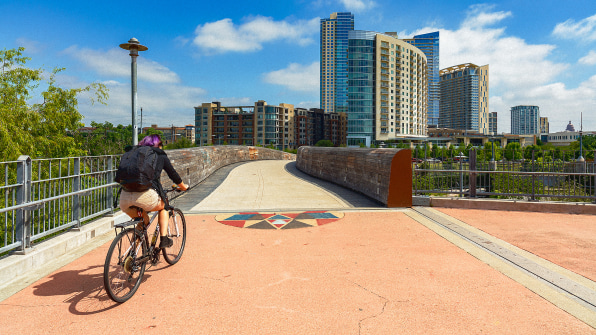
8: REINVENT OUR CITIES
It seemed like it would a year of belt-tightening as the economy collapsed and governments ran short of tax revenue. But in November, Austin, Texas, passed an ambitious $7 billion plan designed to reshape its roads to make them friendlier to bikes, pedestrians, and public transit:
The city’s new transit plan, called Project Connect, will build a new rail system with 31 stations, four new rapid bus routes, new on-demand shuttles to take people to transit stations, and new park-and-ride stations. The plan, funded by an increase in property taxes, also includes $300 million to help make sure that as transportation improves in some neighborhoods and housing values rise, residents aren’t displaced from their homes due to gentrification. They’ll do this by offering rent subsidies, building more affordable housing, and giving financial assistance to home buyers. A second measure will invest millions in new bike lanes, sidewalks, urban trails, intersections that are redesigned for safety, and other infrastructure, including a new pedestrian bridge.
Roughly 75% of Austin residents drive alone to work now. The city hopes the plan will help them lower that number to 50% by 2039. Read more.

9: START A 4-DAY WORKWEEK
Offices were closed. Schedules were upended. You couldn’t get close to your coworkers. It seemed like a perfect time to rethink how much we work in the first place. One idea was to use the format of a four-day work week to get people back into the office faster. By having fewer times that people could be at work and by staggering their schedules, you could make it possible to social distance:
“The idea is that people will work in two-week cycles,” says Ron Milo, a professor of computational and systems biology at the Weizmann Institute of Science in Israel, who worked with other researchers to model the impact of changing work schedules. “They will be on the job for four days, and by the time they might become infectious, they will be at home in lockdown for 10 days. This will significantly decrease the number of cases resulting from each infection and thus gives a feasible strategy for a return to economic activity that can prevent a second wave of COVID-19.”
As with many more revolutionary ideas for mitigating the virus, we instead just kept the status quo. But when the pandemic ends, will we be more open to changing how we work? Read more.
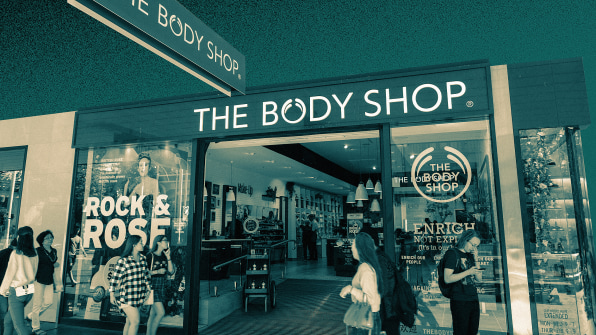
10: CHANGE HOW WE HIRE
This year, the Body Shop became the first major company to implement a new strategy for hiring in its distribution centers. No more background checks, no more interviews. Instead, they’ll hire the first people who apply for any job:
This summer, the Body Shop will become the first large retailer to embrace a different approach, called “open hiring.” When there’s an opening, nearly anyone who applies and meets the most basic requirements will be able to get a job, on a first-come, first-served basis.
The company piloted the practice, which was pioneered by the New York social enterprise Greyston Bakery, in its North Carolina distribution center at the end of 2019. “We’re not asking for your background check,” says Andrea Blieden, the general manager of the Body Shop for the U.S. “We’re not asking for you to be drug screened. And there’s only three questions to get a job. It’s, ‘Are you authorized to work in the U.S.? Can you stand for up to eight hours? And can you lift over 50 pounds?’ If those three questions are answered, then we will give you a chance to come work in our distribution center.”

